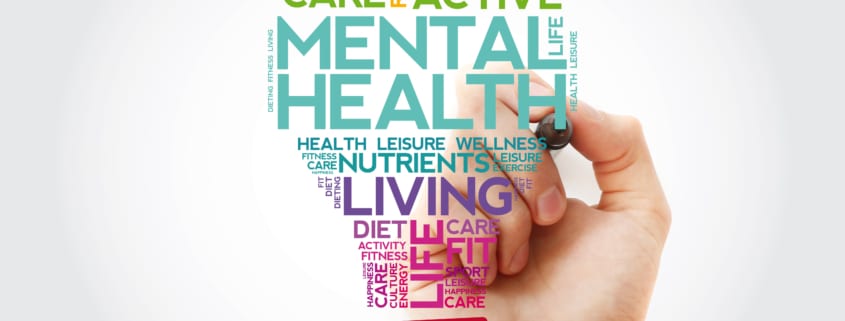Mental Health Myths and Facts

Mental Health: Six Common Myths and Facts
About 1 in every 5 American adults experiences mental illness in a year’s time, according to National Alliance on Mental Illness. The report also notes that 1 in 25 adults in the U.S. experiences more serious mental illness every year.
What is Mental Illness?
Mental health covers a myriad of issues including:
- Depression
- Anxiety, such as Post Traumatic Stress Disorder (PTSD), obsessive-compulsive disorder and certain phobias
- Bipolar disorders
- Schizophrenia and other psychotic disorders
- Personality disorders
- Eating disorders
- Substance abuse disorders
There are many misconceptions about mental illness. Here are some myths and facts about mental health.
Myth 1: Mentally ill individuals are violent.
Fact: Mentally ill people are no more likely to be violent and unpredictable than others, but the odds are higher that they will be victims of violent crime.
Myth 2: Mentally ill people can’t deal with the stress of daily life such as holding down a job.
Fact: Those with mental health problems can be as productive as others, including on the job. When treated effectively, mentally ill employees can experience increased productivity and lower absenteeism.
Myth 3: Mental illness is a sign of a person’s weak character or personality.
Fact: Being mentally ill is just as real as having cancer. Contributing factors include brain chemistry, physical illness, trauma, history of being abused and genetic predisposition, as when there’s a mental health problem in the family history.
Myth 4: You can tell when a person is mentally ill.
Fact: Individuals with mental illness problems can look and act “normal”.
Myth 5: A mentally ill person can’t ever get better.
Fact: In fact, people with mental health issues can get better and might even reach full recovery. Treatment, community services and support systems can make a difference.
Myth 6: All a mentally ill person needs is to take the right pill.
Fact: Depending on a person’s issues, treatment can include medication, therapy, or a combination of the two.
Learn More
Other EINSURANCE.com articles that may be of interest:
Depression and Anxiety Symptoms and Treatment
The Vicious Cycle of Poor Sleep, Depression and Chronic Pain

 EINSURANCE
EINSURANCE EINSURANCE
EINSURANCE EINSURANCE
EINSURANCE